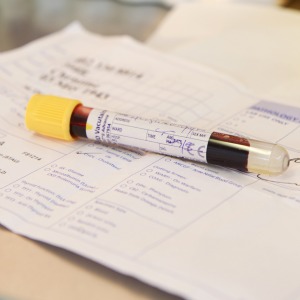GPs ‘should do more tests and scans for liver disease’

GPs should be encouraged to use more up to date liver tests and carry out scans for liver damage in at-risk patients, according to experts who have set out a raft of recommendations aimed at tackling the steep rise in premature deaths from liver disease.
In a special report backed by the RCGP and published in the Lancet, they call for additional funding to make sure liver disease is included in primary care pathways for preventing and managing chronic conditions, so that GPs routinely investigate liver problems in patients who drink heavily and those with obesity and other cardiovascular risk factors.
The panel of experts, led by Professor Roger Williams from the Foundation for Liver Research, say there has been a five-fold rise in liver disease deaths in under-65s over the past 40 years, with three quarters of cases of liver cirrhosis currently not picked up until patients are hospitalised with end-stage liver disease, when treatment is unlikely to help.
They recommend GPs should routinely test for aspartate aminotransferase (AST) and serum gamma-glutamyl transpeptidase (GGT) to allow more accurate detection of liver damage, as currently the main panel of enzymes tested will miss 75% of people with severe fibrosis.
And they say GPs should be able to do transient liver elastography – using a fibroscan or modified ultrasound machine – to confirm fibrosis, a procedure they say takes as little as five minutes and requires only minimal training to perform.
The experts write: ‘Liver disease has long been viewed as being largely the responsibility of hospital specialists, despite the disorder sharing common lifestyle risk factors that relate to many chronic diseases that are managed in primary care. In view of the burden of liver disease, its absence from the list of chronic diseases whose management is led and incentivised by the QOF is incongruous.’
They add: ‘The shared lifestyle risk factors provide an opportunity to expand the breadth of existing disease monitoring, but without a substantial increase in workload (eg, annual cardiovascular, renal, or diabetic checks that already commonly include liver blood tests) the results of which are not considered from the perspective of liver disease.
‘Development of clear protocols and schedules for investigation, clarification of referral criteria, and additional training programmes will improve the confidence of primary care workers in the management of liver disease.’
Lancet 2014; available online 27 November
Visit Pulse Reference for details on 140 symptoms, including easily searchable symptoms and categories, offering you a free platform to check symptoms and receive potential diagnoses during consultations.











